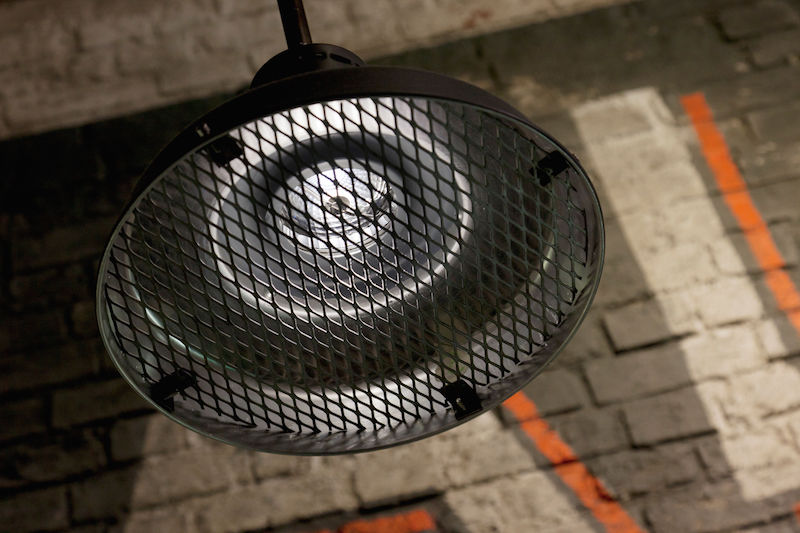
Mark Hughes, UK Product and Marketing Manager Feilo Sylvania, considers the energy saving opportunities that retrofit LED solutions and lighting control systems open up for installers.
Almost overnight, it seems that LED technology has changed the course of the lighting industry. On a seemingly unstoppable upward trajectory, many manufacturers now only produce LED products, a situation that seemed unthinkable a few years ago.
The continuous improvement in LED efficacy, quality and cost efficiency allows more and more applications to be designed around this technology. Lighting across commercial and residential properties is now benefiting from its many qualities. For electrical contractors, the most commonly associated quality of LED lighting is its energy saving properties.
“LED has presented the biggest change to the electrical contracting world over the past five years. Following on from this, the market is now benefitting from retrofit solutions.”
There are many variables that affect how much energy will be saved by replacing a traditional lighting system with LEDs such as: how much energy the existing system consumed, if a lighting control system is used and its operational hours. A commonly used statistic is that an LED lighting installation could save you 30-50% on your electricity bills. However careful design using fewer luminaires with a higher output can reduce installation costs and this aspect should not be ignored.
LED has presented the biggest change to the electrical contracting world over the past five years. Following on from this, the market is now benefitting from retrofit solutions.
The advantages of a retrofit solution reduce installation complexity and time spent on a job. Crucially, it also reduces down time for your client. Working at hard access points, or high ceilings usually requires the immediate area around the installation to be safely sectioned off, and the longer the install takes the more disruption caused for the client. Especially retail applications, this can have a direct impact on turnover.
Retrofit LED solutions are therefore a perfect product for contractors and end users alike. The ToLEDo Retro range from Sylvania is a great example of this, incorporating the benefits of LED technology within an exterior that appears as a traditional, incandescent light source.
As the efficiency of LED products is now widely accepted, the increase in the use of these products is very welcome. However there will never be a more efficient light than one that is switched off when it is not needed. Lighting controls enable this, and present a new challenge for electrical contractors.
Shift in focus
The growth in demand for LED technology has also  influenced a rise in popularity for utilising lighting control schemes. Software enables configuration of lighting groups, and control of individual luminaires, with the integration of sensors provides a smarter, more sophisticated lighting scheme.
influenced a rise in popularity for utilising lighting control schemes. Software enables configuration of lighting groups, and control of individual luminaires, with the integration of sensors provides a smarter, more sophisticated lighting scheme.
As these lighting control solutions become more and more accessible, we are also seeing the rise of LED being used in residential settings. The energy saving potential and dimming capabilities means that not only can they be used to bring down energy bills; they can also create functional and decorative lighting scenes around the home.
There are so many different options for controls that every type of building, new and old, can benefit from the right products. Electrical contractors can benefit greatly from working closely with the system programmers, understanding how to get the most out of the lights installed. At the other end of the scale is plug and play style options, with no hard wiring required. Standalone systems provide increased energy savings from a reduced installation time, a win-win situation for contractors.
Controls are not just about switching the lights off. A control system which has been designed to work in conjunction wit a lighting scheme can ensure that a lit space is as comfortable as possible to occupy, with lighting levels appropriate to the tasks being undertaken in the space. Additionally, cntrols can add a dynamic element to a lighting scheme: whether that’s colour-temperature control so that the atmosphere of the space varies according to the time of day, or simply to change the scene/contrasts in an area to ensure that it’s not boring
Whether a lighting controls system is required, or a wireless solution would work best, there are fantastic opportunities for contractors. Wireless solutions enable end-users smartphones to act as the controls for the system, suited for application in properties with variable lighting requirements.
As the trend continues to move to more energy efficient and green building techniques, electrical contractors may need to shift their training focus to meet the demands of emerging green businesses. More and more installations may require knowledge of and expertise in installing renewable energy equipment and alternative power sources such as solar, wind, and geothermal.








